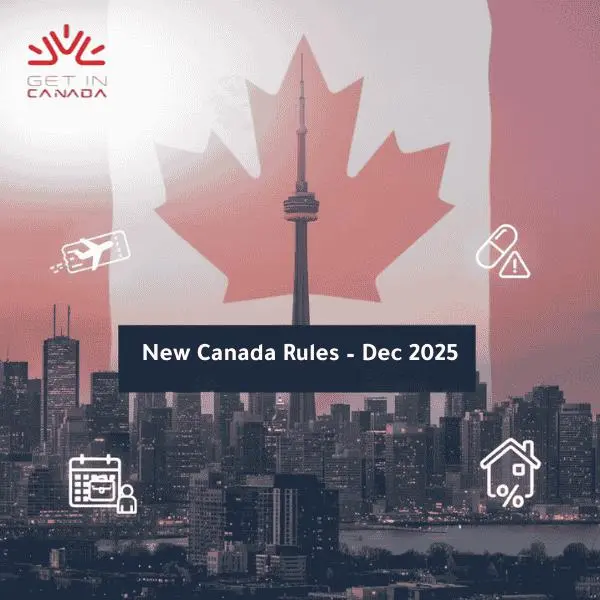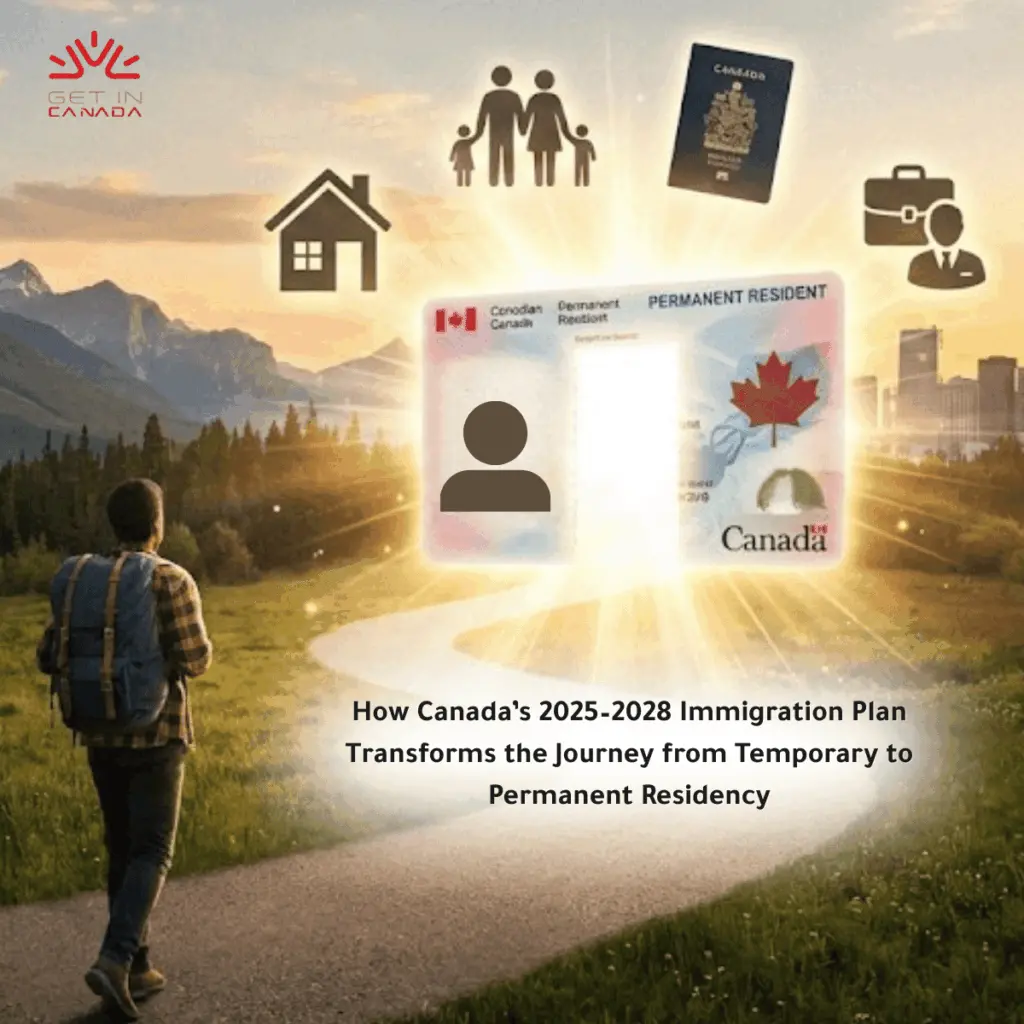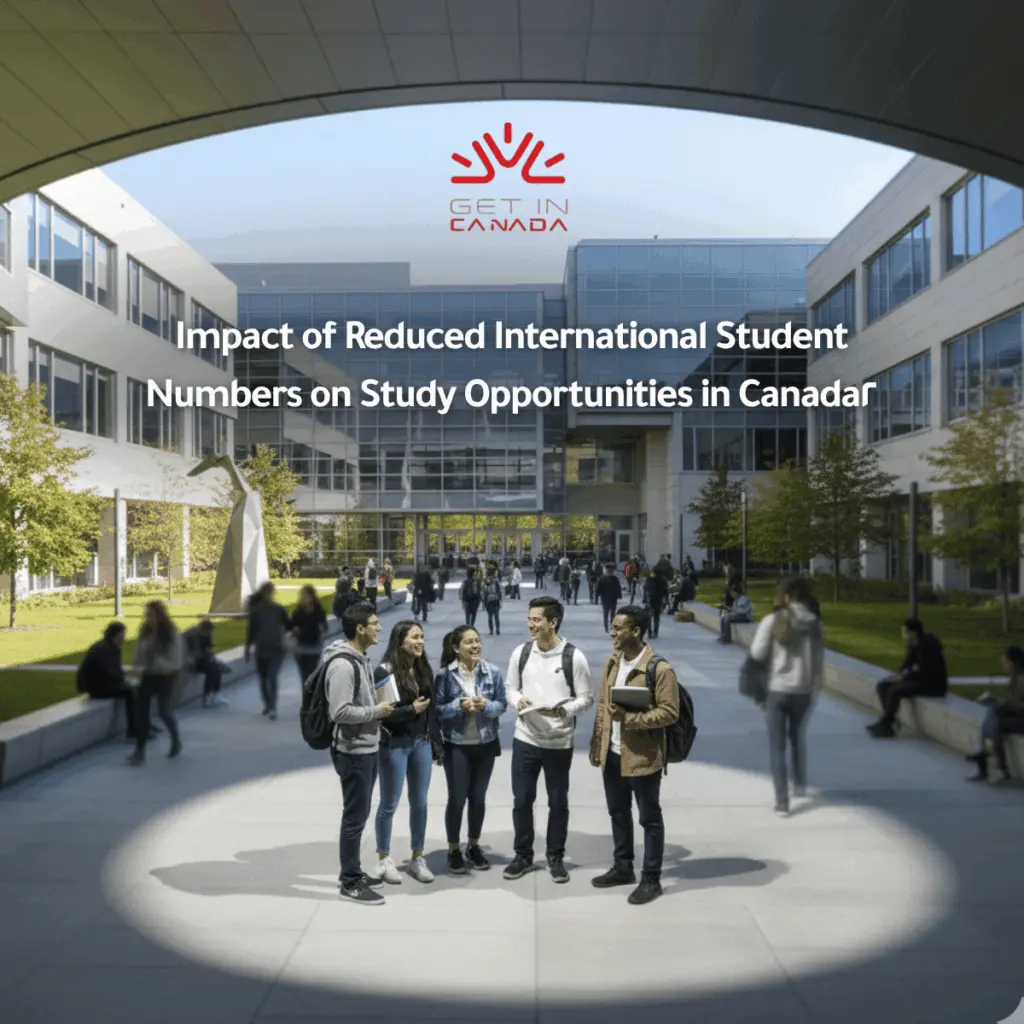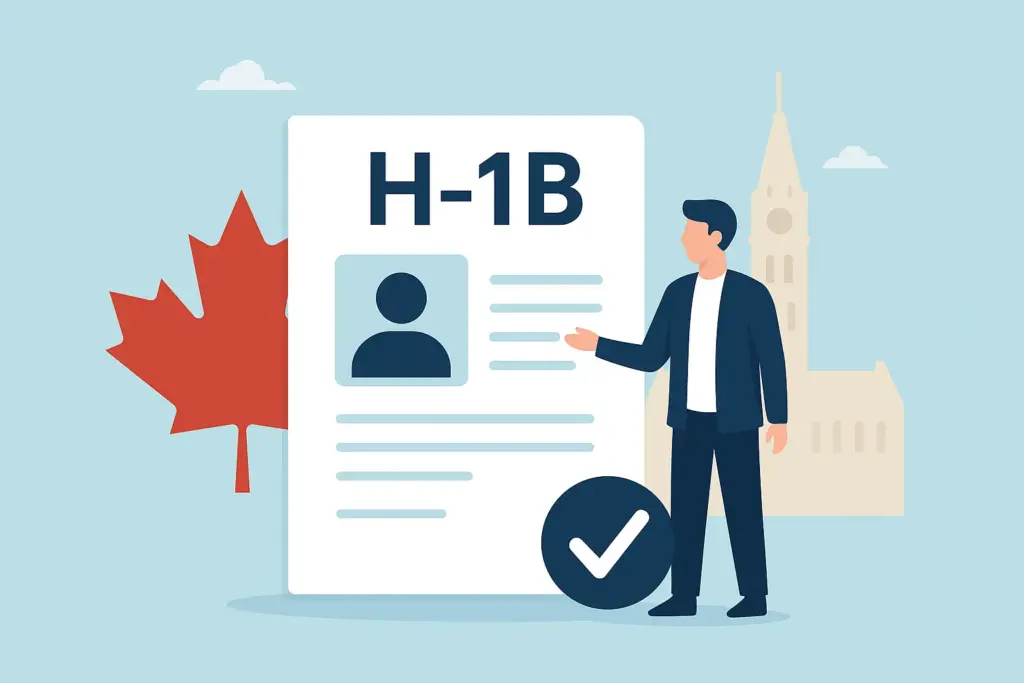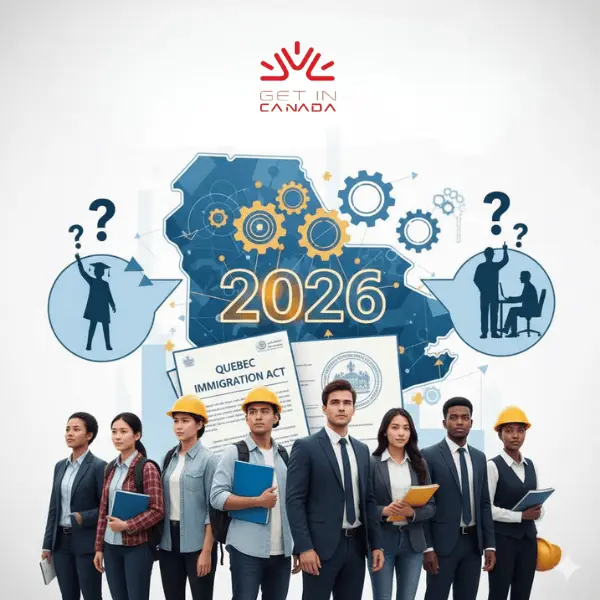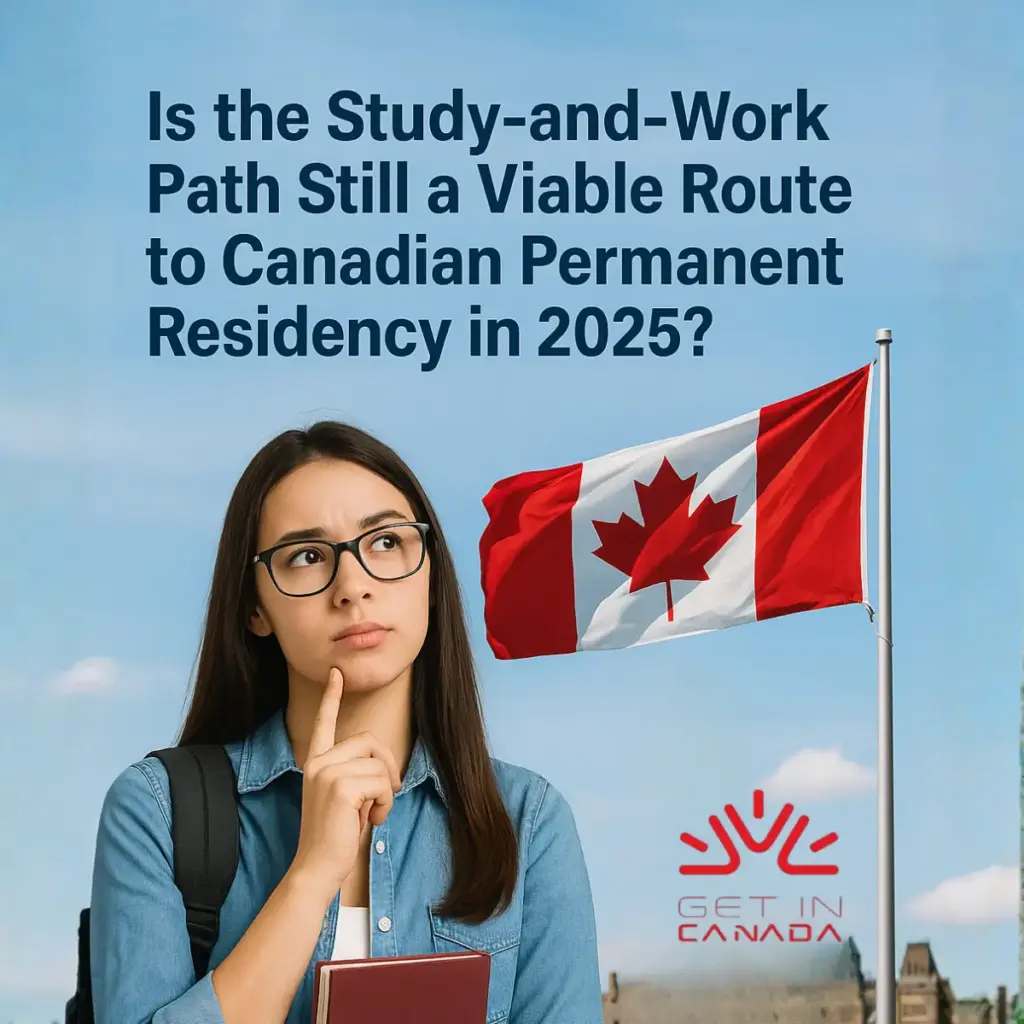Marc Miller’s Plans for Immigration in 2025
The Immigration Minister of Canada, Marc Miller, has spoken about the challenges of 2024 and some of his goals concerning immigration in 2025. In an interview with iPolitics, he laid out how the government intends to handle immigration growth amid concerns about public trust.

Challenges in 2024: A Perfect Storm for Immigration
The immigration structure of Canada faced numerous challenges last year. According to Miller, this was a “perfect storm” caused by:
- Labour shortages
- Supply chain problems
- An aging population
These challenges put the system under much pressure; it showed the need for changing priorities that were immediate and long-term. The year also highlighted the weaknesses in the system that required immediate attention.
Permanent Residency Targets Adjustment
Due to public outcry, Canada reduced its permanent residency targets by 20%. According to Miller, this was a sufficient indication that the government listened to the public’s concerns.
“We needed to show Canadians we’re in control of immigration,” he said.
This reduction was controversial, but it aimed to address housing shortages and the strain on infrastructure. Finding the right balance between welcoming immigrants and addressing public concerns remains a key challenge for the government.
Find out if you are eligible to get in Canada →
Keeping Canada’s Positive Image on Immigration While Addressing Public Concerns
Miller spoke to the growing frustrations amongst Canadians around immigration. He clarified that such frustrations typically stem from delays and inefficiencies within the system and not from being against immigrants themselves. “Canada’s positive view on immigration is not guaranteed,” he said.
Working Together to Solve Immigration Challenges
Miller also demanded more coordination between provinces, post-secondary institutions, and businesses in promoting immigration. “We need to make sure Canada stays welcoming while supporting the people who come here,” he said. This way, stakeholders can collectively contribute to making the process easier for everyone.
The Growth of International Students and Its Impact on Canada
Beginning in 2024, a disproportional influx of foreign students coming to Canada caused housing shortages and new strains on public services. The government instituted a cap on international students because, as Miller said, he wished he had taken such action sooner.
The cap is supposed to ensure Canada remains a destination of choice for students while making the system more sustainable. It will help balance the number of students with Canada’s capacity to provide housing, education, and pathways to permanent residency.
Long-Term Solutions
Miller emphasized that these are long-term challenges that require long-term strategies. He also promised more thoughtful planning and coordination would help ensure international students continue to make positive contributions to Canada’s economy and society.
Responding to Criticism from Conservatives
The Leader of the Opposition, Pierre Poilievre, described Canada’s immigration system as “broken.” Poilievre did not offer solutions, countered Miller. “Leadership is about more than just pointing out problems,” Miller said.
Solutions Should Focus On: Mr. Miller highlighted practical engagement in system betterment that needs to be evidence-based with collaboration between various levels of government in their effort to address the challenge at hand. As opposed to talking, he did not; he just acted and then made people accountable.
Goals for 2025 and Beyond
Let’s discuss the 2025 goals and beyond:
Monitoring Policy Impacts
In 2025, the government plans to closely monitor the effects of recent policy changes. Key priorities include:
- Evaluating the impact of the permanent residency cap
- Improving asylum processes
- Addressing border issues
Miller stated that data from Statistics Canada in the second quarter will be critical for understanding population growth and its effects on the labour market. “This data will guide our decisions moving forward,” he said.
Supporting Rural Areas
Miller also wanted regional strategies: “Immigration to rural and less-populated areas helps address labour gaps and bolsters local economies, and immigration needs to ensure that it benefits not only the major cities but all parts of Canada in a real way.”.
Helping Newcomers Succeed
To help immigrants thrive, the government is focusing on improving access to:
- Language training
- Settlement support programs
- Healthcare and housing
“We need immigrants to keep our workforce strong, but we also need Canada to remain inclusive,” Miller said. These services aim to create an environment where newcomers can succeed and contribute to Canadian society.
Building Stronger Communities
Miller stressed the importance of building communities that are welcoming and supportive. By addressing the challenges newcomers face, Canada can ensure that immigration continues to strengthen the nation.
Marc Miller’s plans for 2025 focus on creating a fair and sustainable immigration system. By addressing challenges like the rise in international students, public concerns, and regional disparities, the government aims to balance opportunities for newcomers with the needs of Canadians.
Miller’s approach highlights the importance of collaboration, careful planning, and long-term thinking. His vision is for a system that benefits everyone while maintaining Canada’s reputation as a welcoming country.
As Canada looks ahead, the government’s efforts to improve the immigration system will play a crucial role in shaping the nation’s future. With these steps, Canada hopes to remain a global leader in immigration and a beacon of opportunity for people worldwide.


